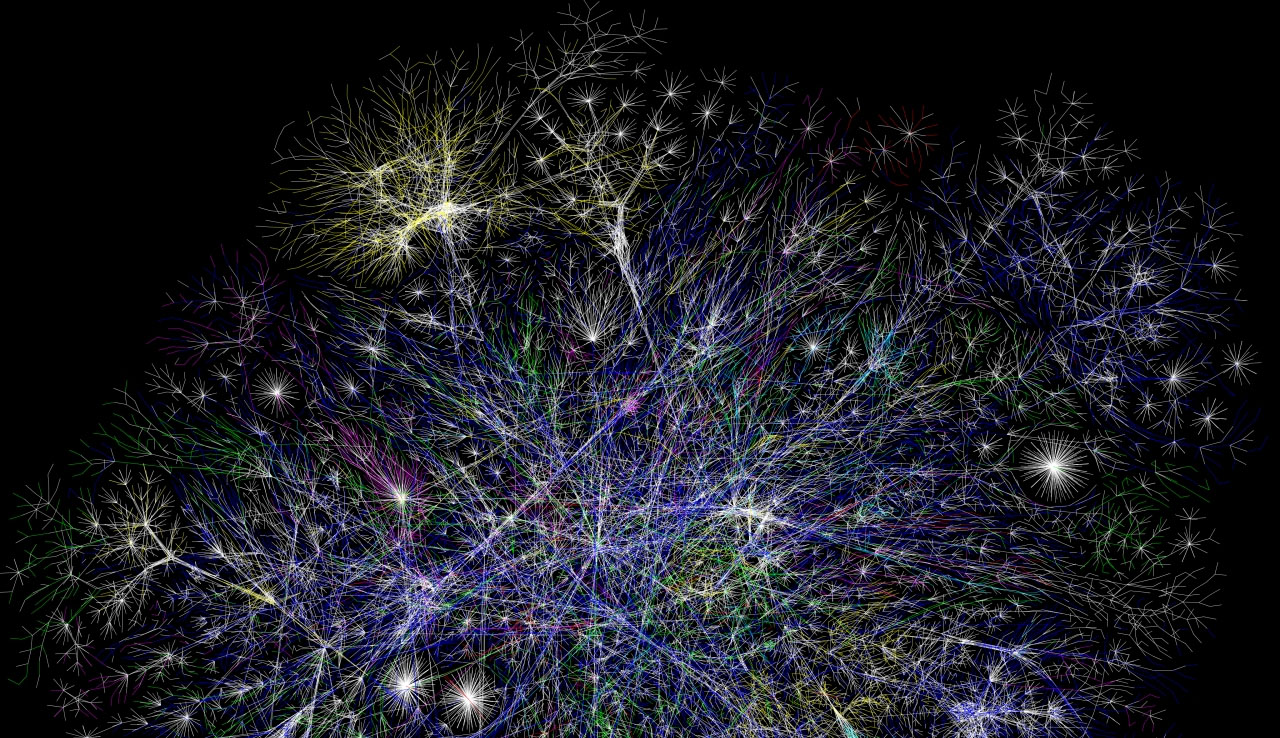Spotlight on the Digital was an eight-month project (Jun 2013-Jan 2014) led by Jisc in collaboration with RLUK (Research Libraries UK) and SCONUL (Society of College, National and University Libraries) as part of the Jisc co-design programme. This was a pilot programme including six projects that were set up to test new approaches to innovation with some of the Jisc key stakeholder organisations.
The need for Spotlight emerged out of the concern that digitised collections are not as “discoverable” as they could be through the channels and devices most commonly accessed by users. This represents a missed opportunity for the institutions that have created such collections as it reduces their use, and the potential impact on research and teaching that we know digitised collections can have. Better discoverable digitised collections can also support institutions showcase their assets and increase their profile.
The overall project had four outputs. One of these outputs was a specification for three technical tools that could be developed in the future to support discovery solutions both at national and/or institutional level. The Digital Humanities Institute delivered one of the specifications, alongside the National Library of Wales and the London School of Economics.
The Digital Humanities Institute’s specification addressed the problem of digital orphans. The following summary is taken from the The Digital Humanities Institute specification. The full specification is available here.
Digital Orphans
This specification describes the business requirements, technical requirements and proposed architecture for a Tool that is intended to address the problem of digital orphans.
Digital orphans are online assets (in this case, research resources) that are deemed to be undiscoverable, unused, unknown or forgotten by the wider research community because they are invisible or inaccessible to the normal mechanisms of discovery, such as search engines, subject catalogues, aggregation sites and other subject-specific websites. The invisibility of online resources can be due to a combination of factors such as poor technical design, poor presentation of content, poor marketing and an absence of individual and/or institutional support.
The Tool proposed in this specification is intended to address these problems by being capable of developing a discovery-friendly version of a resource’s textual content at the record level. This discovery-friendly version of a resource’s content, presented as a set of optimised data records, will then mediate between the resource and discovery services. The Tool will achieve this in two ways: a Crawler will retrieve a copy of the resource’s textual content, including data contained in databases; and an Analyser will generate discovery-friendly records from the content using Natural Language Processing techniques.
Website
- Spotlight on the Digital
- Final Reports and Specifications
- The Digital Humanities Institute’s Specification for Digital Orphans
Related Links
Duration: June 2013 -January 2014
Image Credits: Partial map of the internet developed by opte.org
Project Team
- Michael Pidd (The Digital Humanities Institute)
- Jamie McLaughlin (Developer – The Digital Humanities Institute)
- Katherine Rogers (Developer – The Digital Humanities Institute)
- Matthew Groves (Developer – The Digital Humanities Institute)
